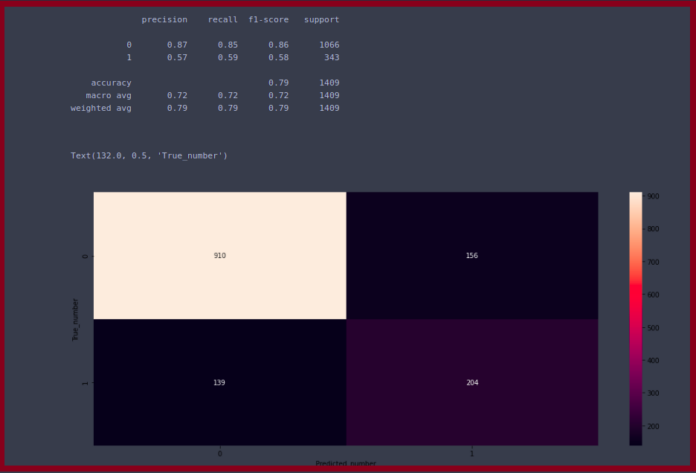TensorFlow is open-source Python library designed by Google to develop Machine Learning models and deep learning neural networks.
erfinv() is used to compute element wise inverse error function.
Syntax: tensorflow.math.erfinv( x, name)
Parameters:
- x: It’s the input tensor. Allowed dtypes are bfloat16, half, float32, float64.
- name(optional): It defines the name for the operation.
Returns: It returns a tensor of same dtype as x.
Example 1:
Python3
# importing the library import tensorflow as tf # Initializing the input tensor a = tf.constant([.1, .2, .3, .4, .5], dtype = tf.float64) # Printing the input tensor print('Input: ', a) # Calculating inverse error res = tf.math.erfinv(x = a) # Printing the result print('Result: ', res) |
Output:
Input: tf.Tensor([0.1 0.2 0.3 0.4 0.5], shape=(5, ), dtype=float64) Result: tf.Tensor([0.08885599 0.17914345 0.27246271 0.37080716 0.47693628], shape=(5, ), dtype=float64)
Example 2: Visualization
Python3
# importing the library import tensorflow as tf import matplotlib.pyplot as plt # Initializing the input tensor a = tf.constant([.1, .2, .3, .4, .5], dtype = tf.float64) # Calculating inverse error res = tf.math.erfinv(x = a) # Plotting the graph plt.plot(a, res, color ='green') plt.title('tensorflow.math.erfinv') plt.xlabel('Input') plt.ylabel('Result') plt.show() |
Output:


